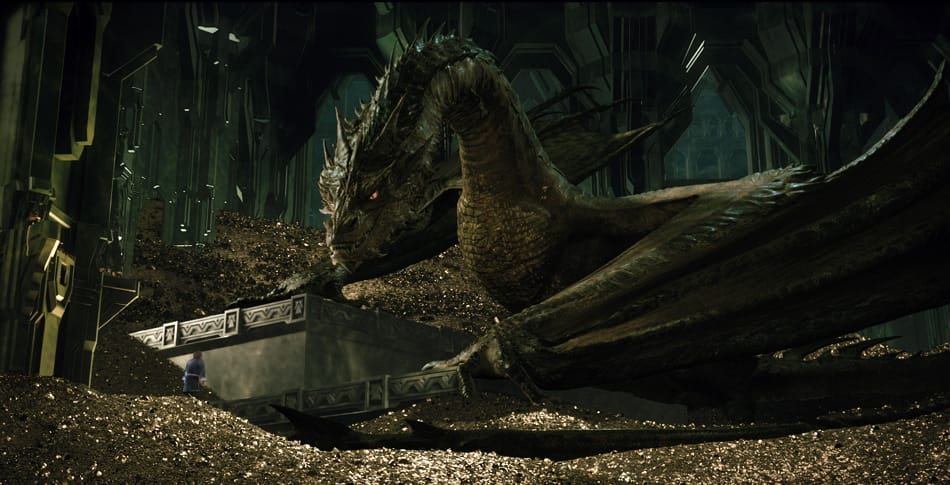What are NFTs?
NFT stands for non-fungible token. A non-fungible token is a unique digital asset that is stored on a blockchain. NFTs can represent anything from digital art to in-game items. They are bought and sold online, and their prices can be very high.
How do NFTs work?
NFTs are created using a process called "minting." When an NFT is minted, it is assigned a unique identifier and is stored on a blockchain. The blockchain is a secure digital ledger that records all transactions. This makes it possible to verify the ownership of an NFT and to track its history.

What are the benefits of using NFTs?
There are several benefits to using NFTs. First, they are unique and cannot be replicated. This makes them a good way to represent digital assets that have value, such as art or collectibles. Second, NFTs are stored on a blockchain, which makes them secure and tamper-proof. Third, NFTs can be easily traded online, which makes them a good way to buy and sell digital assets.
What are some of the latest use cases of NFTs?
NFTs are being used in a variety of ways, including:
- Digital art: NFTs are becoming increasingly popular for representing digital art. This is because they allow artists to sell their work in a way that ensures that they retain ownership of the original.
- In-game items: NFTs are also being used to represent in-game items. This allows players to own their items and to trade them with other players.
- Tickets: NFTs can also be used to represent tickets to events. This makes it possible to verify the authenticity of tickets and to prevent fraud.
- Real estate: NFTs are being explored as a way to represent real estate. This could make it possible to buy and sell property online in a more secure way.

Other crypto ecosystems support NFTs.
NFTs are not limited to the Ethereum blockchain. Other crypto ecosystems, such as Solana, Polkadot, and Cosmos, all have their own NFT standards. This means that NFTs can exist on multiple blockchains, which gives users more flexibility and choice.
Different NFT standards
There are several different NFT standards, each with its own advantages and disadvantages. The most common standards are ERC-721, ERC-1155, and ERC-20.
ERC-721: ERC-721 is the most common standard for NFTs. It is designed for unique tokens, such as digital art or collectibles.
ERC-1155: ERC-1155 is a newer standard that is designed for both unique and fungible tokens. This makes it more versatile than ERC-721.
ERC-20: ERC-20 is a standard for fungible tokens, such as cryptocurrency. It is not specifically designed for NFTs, but it can be used to create NFTs that are fungible.
The best standard for NFTs depends on the specific use case. If you need to represent unique digital assets, then ERC-721 is a good choice. If you need to represent both unique and fungible tokens, then ERC-1155 is a better choice. If you need to represent fungible tokens, then ERC-20 is a good choice.
Conclusion
NFTs are a new and innovative technology that have the potential to change the way we think about digital assets. However, there are still some risks associated with NFTs, and it is important to do your own research before investing in them.
Want to learn technical analysis and become a better trader in cryptocurrencies?
Our Premium Technical Analysis in Cryptocurrencies Course will teach you everything you need to know to start trading crypto like a pro.
In this course, you will learn:
The basics of technical analysis
How to use charts to identify trends and patterns
How to develop a trading mindset
How to manage your risk
And much more!
The course is taught by experienced traders who have been in the market for years. They will share their knowledge and expertise with you so that you can start trading crypto with confidence.
Sign up for the course today and start learning how to trade crypto like a pro!
Click here for more details.














Discussion